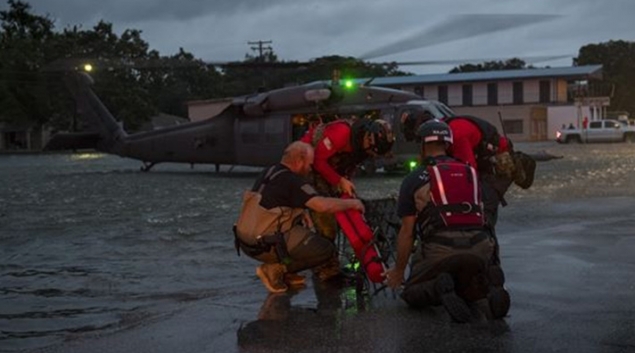 Operating a hospital can be challenging even on a good day. From delivering the highest quality care to administrative burden and tightening financial margins, leaders are seemingly never done putting out fires.
Operating a hospital can be challenging even on a good day. From delivering the highest quality care to administrative burden and tightening financial margins, leaders are seemingly never done putting out fires.
But what happens when those challenges are actual fires, like the raging infernos scorching thousands of acres in the west as we speak, or the floods Hurricane Harvey brought that crippled parts of Texas?
To find out, we went to the sources: Sutter Health in California, MD Anderson in Texas and a stand-alone shop also in the Lone Star State run by a wife and husband team all shared lessons learned from successful disaster response.
While exact plans no doubt vary depending on the nature of the disaster, the geographical location and resources a particular hospital or system can access, a picture emerged that surviving requires everything from thorough communication, coordination and quick thinking to high water vehicles and cloud-based EHRs when facing down mother nature.
Let’s take a closer look at how Sutter, MD Anderson and Fannett Medical Center survived and what other hospitals can take away from their experiences.
Continue reading to see how to take advantage of technology in the face of disaster.
Courtesy of Beth Jones Sanborn, Managing Editor, Healthcare Finance, August 09, 2018.





